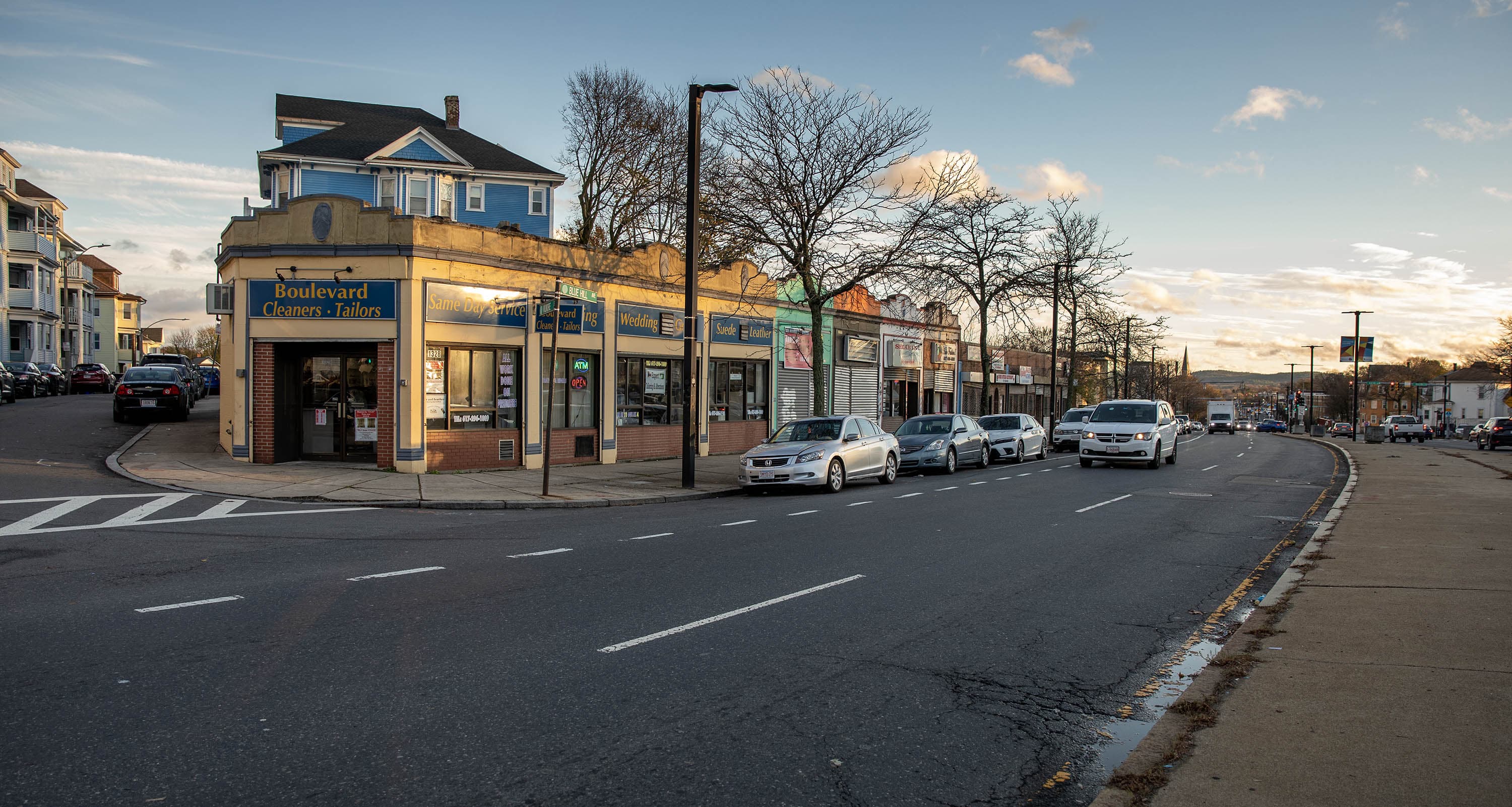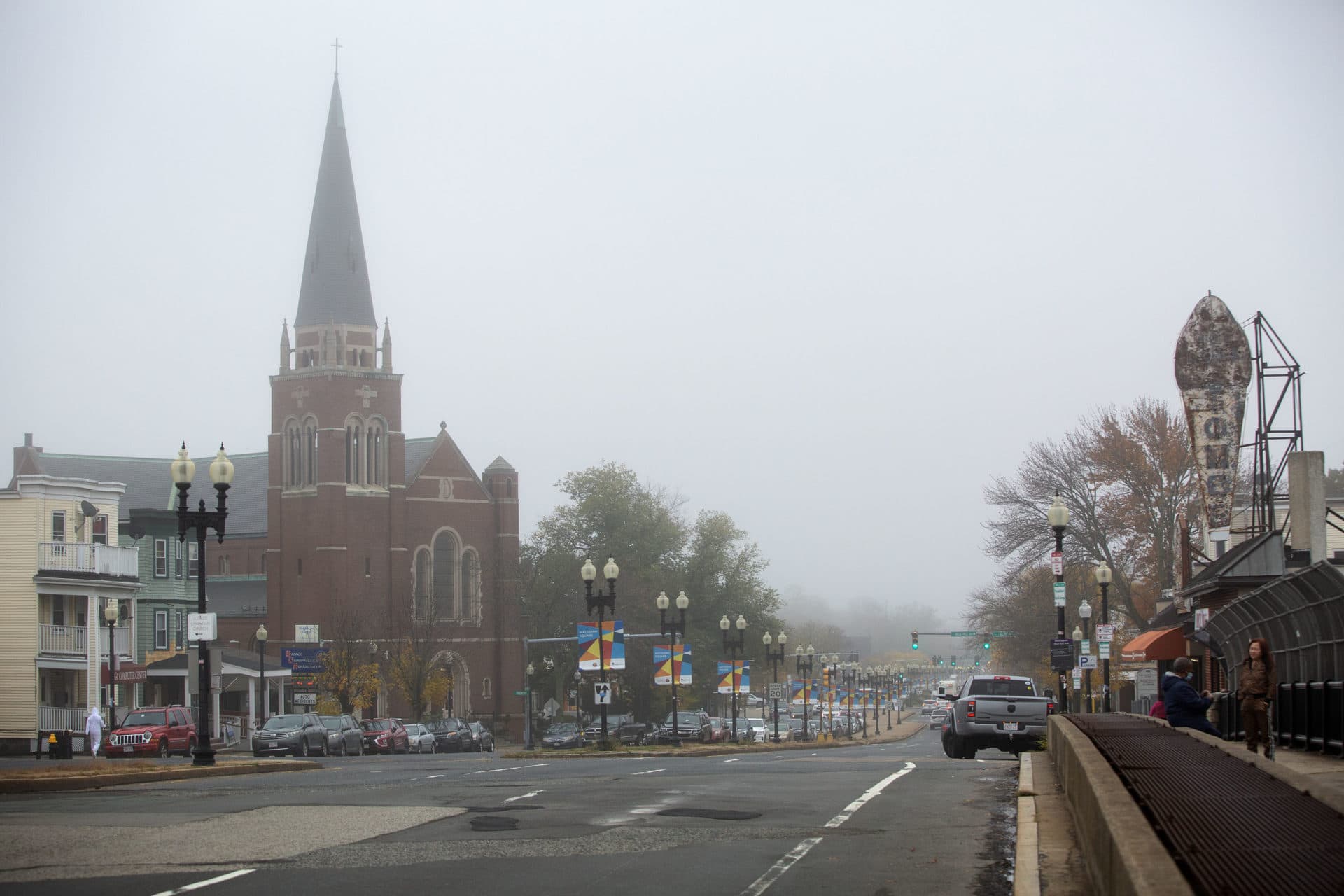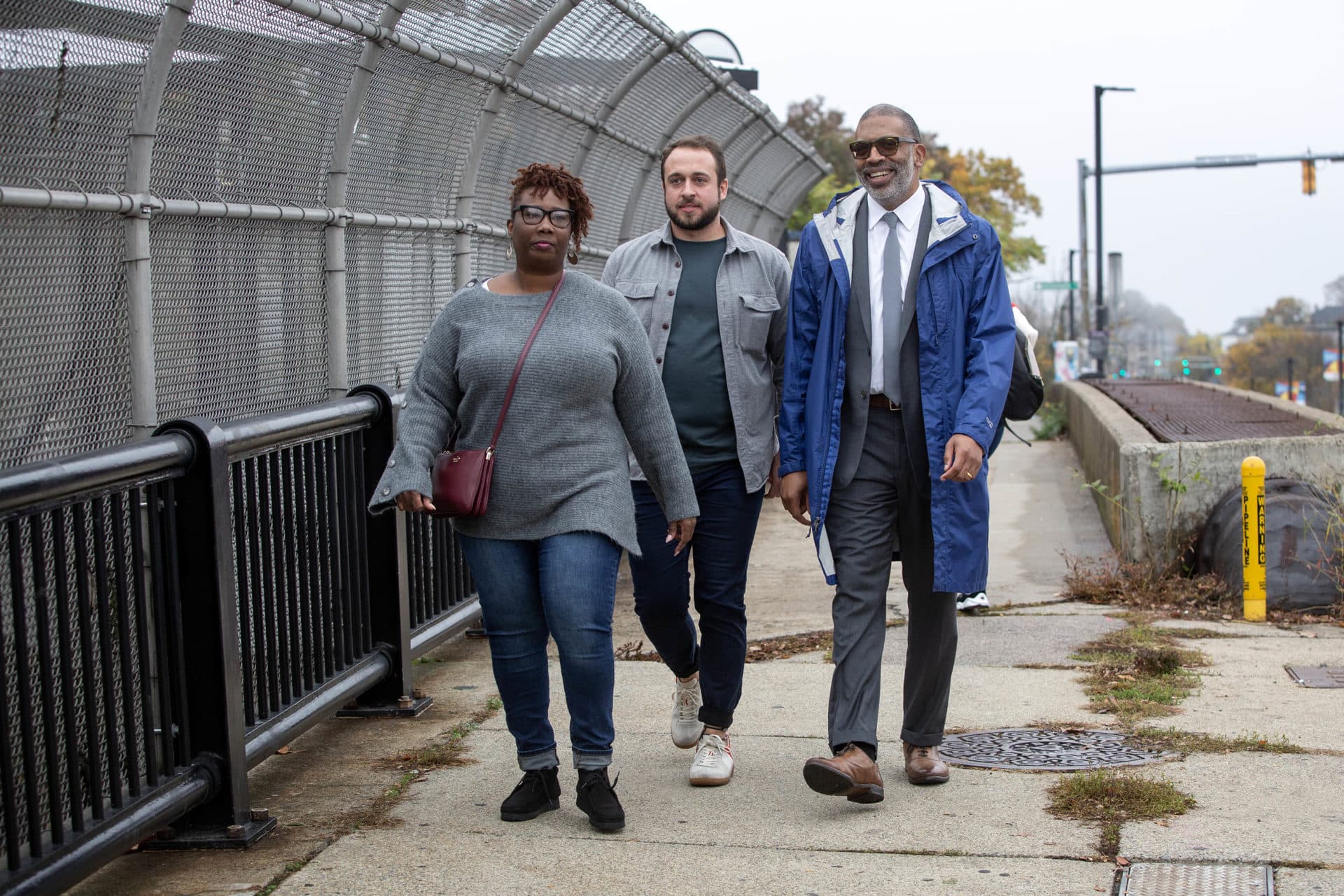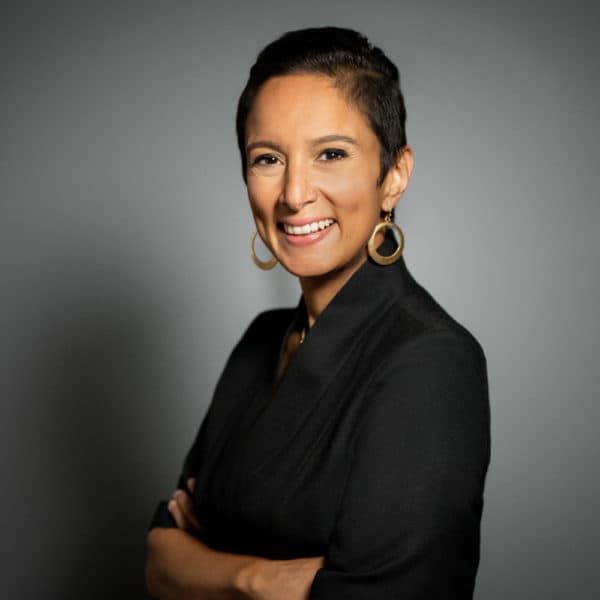Advertisement
Mattapan will be a case study in how to balance economic growth and racial equity
Resume
When Mayor Michelle Wu was running for office, she pledged to overhaul the way development is done in Boston to give neighbors a bigger voice and bring the benefits of economic growth to more residents of color.
To do that, Wu's administration is focusing on building wealth in communities of color — starting with Mattapan, where the population is 43% Black and 31% Hispanic. City officials are proposing a new development plan for the neighborhood.
“We're kind of one of the last neighborhoods that hasn't really seen a whole lot of development,” said lifelong Mattapan resident Kenya Beaman, who does outreach for the Boston Planning and Development Agency. “We're starting to see it now, which is a bit overwhelming for residents.”

As gentrification and rising real estate prices have driven out many people across the city, Mattapan remained one of the few places where Black families could find affordable places to live. Beaman said residents don’t want to be priced out, but they also want to see their neighborhood improve.
“We want people who are coming into our neighborhood to want to stop,” she said. “Ultimately the name — the meaning behind the name — is ‘a place to gather.’ And so we want Mattapan to be that place to gather.”
Community input informed the Mattapan plan. In Mattapan Square, it proposes taller buildings, more plants and trees, and more density on individual lots. Boston's Chief of Planning Arthur Jemison said, if approved, the plan will be a tool for residents to advocate for their priorities as new development projects are proposed.
“It's a real chance to sort of grow in a way that respects the history and past and supports the people who've been here, but also potentially invites new people to take a look," he said.

A key part of the plan would help existing homeowners increase their property values by allowing them to convert basements, attics, garages and other structures into living spaces without special zoning approval. Jemison said that would be particularly helpful in Mattapan, where many generations of families often live together.
“If you'd like to build a small residential unit in your yard, you'd be able to do it and potentially get rental income or even maybe let your grandmother live there,” he said.
The rule change could also create new housing without drastically changing the look and feel of the neighborhood, an added benefit for those who already own homes in the area.
“Having it focused in a neighborhood where there’s strong existing Black homeownership, increasing the value of that homeownership is definitely something that helps us advance equity in the city,” Jemison said.
The stakes are high for Mattapan, which is also home to many African, Caribbean, Haitian and Latino immigrants.
“In the past, developers have just come in and just straight up gentrified neighborhoods — the community has no say,” said Amber Mercer, who grew up in Mattapan and remains somewhat skeptical of the city's plan. “I don't think it's all going to be like rainbows and sunshine.”
Mercers’ parents bought their home from a Jewish resident in 1968. They were part of a wave of demographic change in Mattapan from Jewish to Black. Mercer said she and her husband could never afford to buy the place now; her mother sold it to her for far below market value.
“She said that she didn't want to have to die in order for us to be able to experience generational wealth,” Mercer said.
Her split-level ranch is on a tree-lined street that could fit in an affluent suburb. But Mercer said other professionals she knows wouldn’t move here because of the neighborhood’s reputation for gun violence.
“I grew up here, so I'm not afraid,” Mercer said.
Residents have pleaded with city officials for more help making their community safer, and they lament the fact that Mattapan is often in the news because of shootings.
“Mattapan is often framed as ‘Murder-pan,’ ” explained 9th grader Moses Sibley, a lifelong resident. His friend, 10th grader Atisha 'Tea' Leach, said she sees the impact on the neighborhood.
“There's too many memorials on the street,” said Leach. “Every single day, I walk by two [memorials] — two every single day. And it's upsetting.”
But Leach and Sibley wish people from outside their community knew that there’s a lot to love about Mattapan. With help from staff at the Mattapan Teen Center, Sibley recently made a documentary about how tight-knit the neighborhood is, and how it bands together during crises.
“Everybody knows everybody in this area,” Sibley said. “I know everybody that's on my street.”
“My whole neighborhood is like my big family," Leach added.

That’s the culture Mattapan residents want to preserve. But Sibley and Leach said you shouldn't have to sacrifice so much when you live here. They think more businesses would make the neighborhood more desirable and better serve its residents.
“We should have more art places. We should have more fresh food options," Leach said. "We should have a lot more things that Mattapan just seems to not have."
The city’s plan for Mattapan would thread commercial corridors through residential areas so everyone would be within a 10-minute walk of a transit stop and a convenience store. It also seeks to connect Mattapan’s many green spaces with new streets, sidewalks, crosswalks and a pedestrian bridge.
"Working on this plan, I've become more hopeful than I have been before,” said Kenya Beaman. “So that's a great thing.”
The city's planning board is expected to take up the Mattapan plan in the next couple of months. If approved, it could influence development in the neighborhood for years to come.
This segment aired on January 27, 2023.
